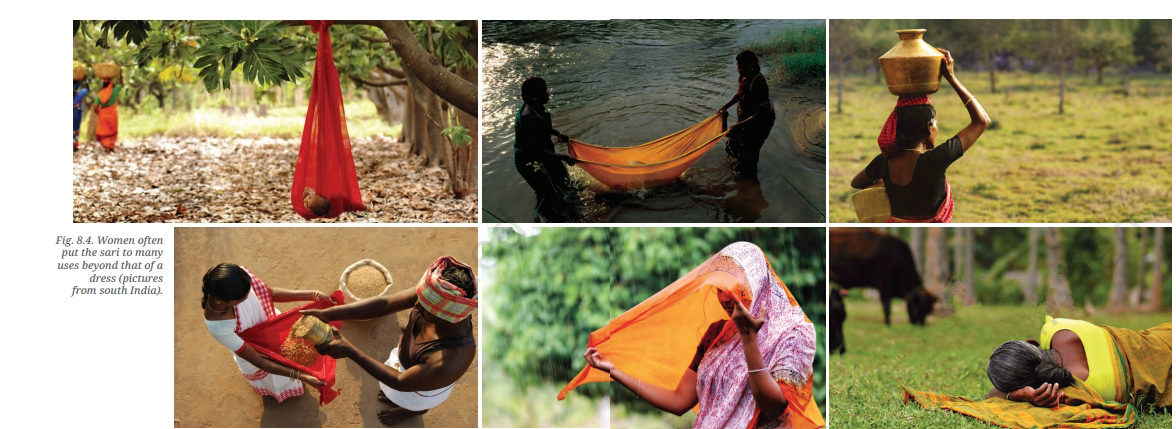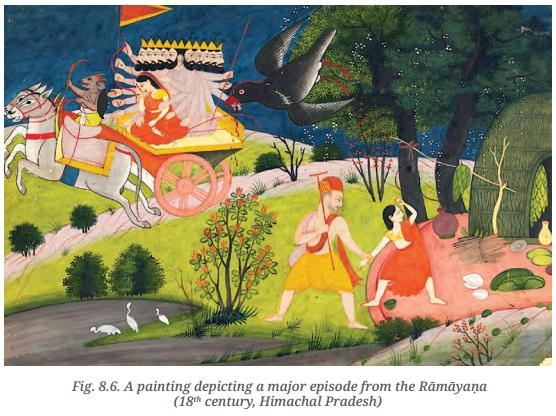What's Included in SST Unity In Diversity Or 'Many In The One' Class 6 Questions And Answers For Better Exam Preparation?
FAQs on NCERT Solutions For Class 6 Social Science Chapter 8 Unity In Diversity Or 'Many In The One'
1. What does “unity in diversity” mean as discussed in the NCERT Solutions for Class 6 Social Science Chapter 8?
“Unity in diversity” in Chapter 8 refers to the way India stays united as a nation despite having many languages, cultures, religions, and traditions. People with different backgrounds live together harmoniously, respecting and celebrating their differences while sharing common values.
2. How do the NCERT Solutions for Class 6 Social Science Chapter 8 help in exam preparation as per the CBSE 2025–26 syllabus?
The NCERT Solutions provide step-by-step, syllabus-aligned answers to all textbook questions. They simplify complex ideas, cover important exam topics, and follow the CBSE marking guidelines. This helps students understand concepts better and boosts their confidence for exams.
3. Which areas of India’s diversity are specifically mentioned in Class 6 Social Science Chapter 8 NCERT Solutions?
The NCERT Solutions highlight differences in
- languages
- religions
- festivals and customs
- clothing and food
- regional practices
4. How do NCERT Solutions for Class 6 Social Science Chapter 8 explain the role of festivals in national unity?
The Solutions show that festivals like Diwali, Durga Puja, and Bhai Dooj are celebrated in different forms and names across the country. This diversity in celebration underlines regional differences but also fosters a shared joy and sense of belonging among all Indians, strengthening national unity.
5. In what way does the sari example in the NCERT Solutions represent both diversity and unity?
According to the Solutions, the sari is worn in different styles (like nauvari in Maharashtra, atpoure in Bengal), with various fabrics and patterns across India. Yet, it remains a common traditional attire, symbolizing a shared cultural identity, hence reflecting unity in diversity.
6. Are the NCERT Solutions for Class 6 Social Science Chapter 8 reliable and accurate for CBSE exam use?
Yes, the NCERT Solutions are accurate and adhere to the CBSE syllabus for 2025–26. All answers are prepared by experts and follow official guidelines, ensuring reliability for board exam preparation.
7. What are some FUQs (Frequently Unasked Questions) that can deepen understanding while using NCERT Solutions for this chapter?
For deeper insight:
- How could the concept of unity in diversity be applied in your school or community?
- What challenges exist in maintaining unity amidst growing diversity in India?
- Compare unity in diversity in India with another country of your choice.
8. How does the NCERT Solutions guide students in answering long-answer questions about unity in diversity?
The Solutions offer structured, multi-point answers with examples from history, literature, and contemporary life to help students develop detailed, well-organized responses suitable for long-answer CBSE questions.
9. Can NCERT Solutions for Chapter 8 help clarify common misunderstandings about India’s diversity?
Yes, these Solutions address common misconceptions such as diversity causing division by emphasizing how mutual respect, shared festivals, and common constitutional values actually promote unity rather than discord.
10. What steps do NCERT Solutions suggest for identifying unity underlying diversity in everyday life?
The Solutions recommend observing
- shared national symbols and values
- cooperation during national events
- respect for different traditions in daily interactions
11. How does the chapter encourage students to connect stories like Ramayana and Panchatantra to present-day values?
The Solutions urge students to reflect on timeless messages of unity, morality, and intelligence from these stories, and to identify how their lessons about harmony, courage, and coexistence are relevant today.
12. According to the NCERT Solutions for Class 6 Social Science Chapter 8, why is understanding unity in diversity important for young citizens?
Understanding this concept helps students appreciate cultural richness, avoid prejudice, and become responsible citizens who contribute to social harmony and nation-building.
13. How do the Solutions demonstrate the adaptability of traditional Indian clothing in daily life?
The Solutions provide real-life uses for saris and dhotis beyond clothing (such as swings, ropes, or slings), showing the creativity and adaptability of Indian traditions, reinforcing the lesson of practical unity in diversity.
14. What study techniques do the NCERT Solutions recommend for mastering the key ideas in Chapter 8?
The Solutions suggest
- regularly reviewing concept explanations
- practising answer writing
- discussing real-life examples of unity in diversity
15. Where can students access official NCERT Solutions for Class 6 Social Science Chapter 8: Unity in Diversity, or 'Many in the One'?
The official NCERT Solutions for this chapter can be accessed online from recognized educational platforms or via the official CBSE/NCERT portals, following the 2025–26 syllabus.




























